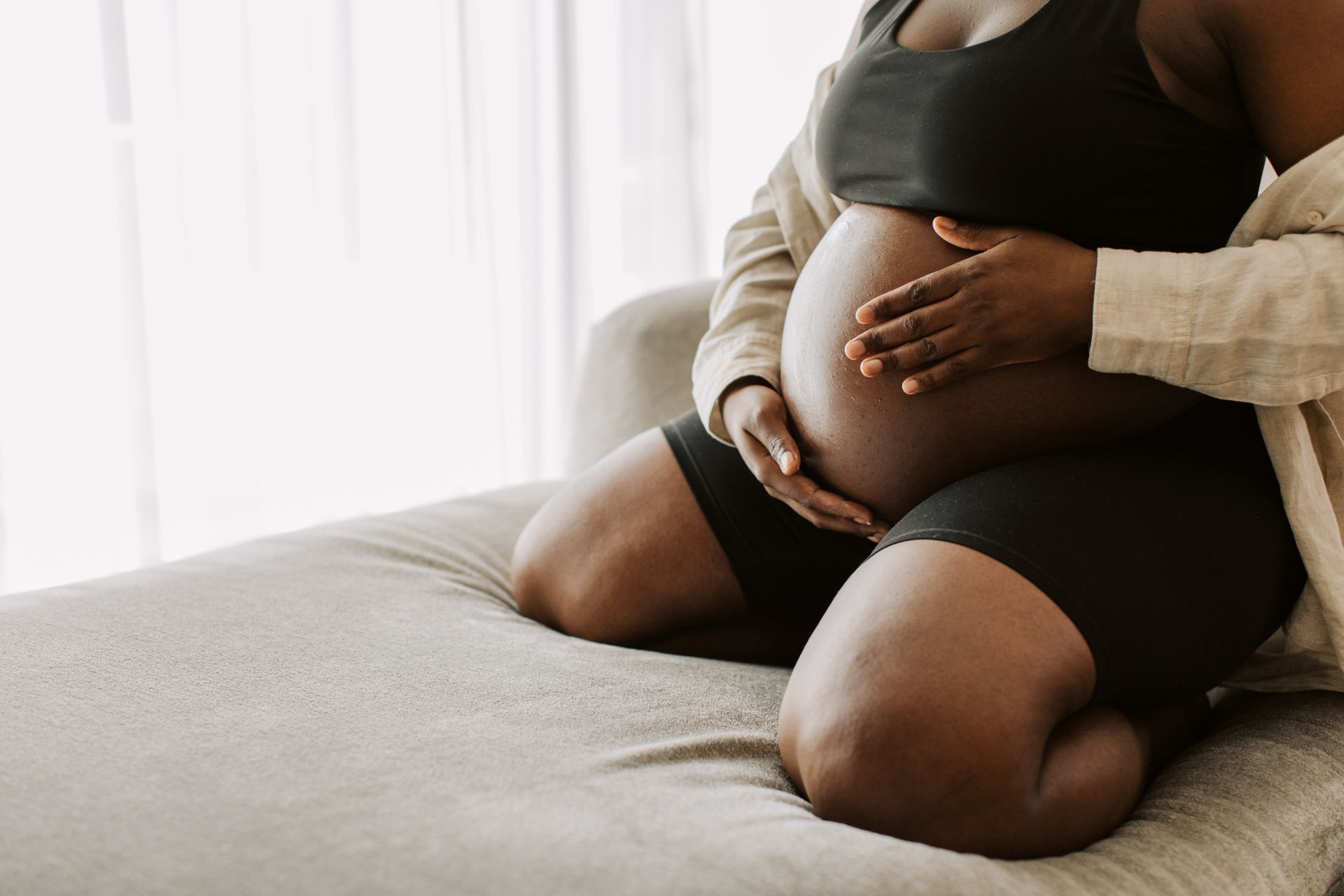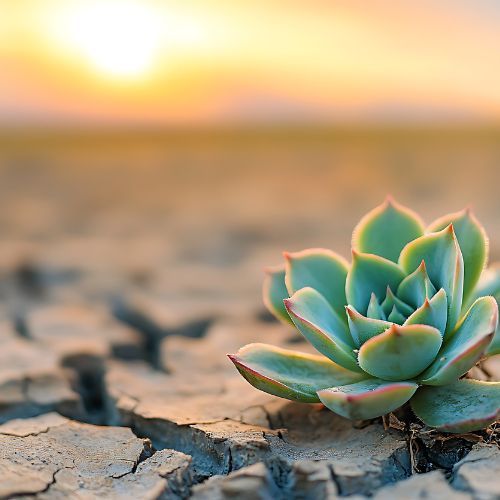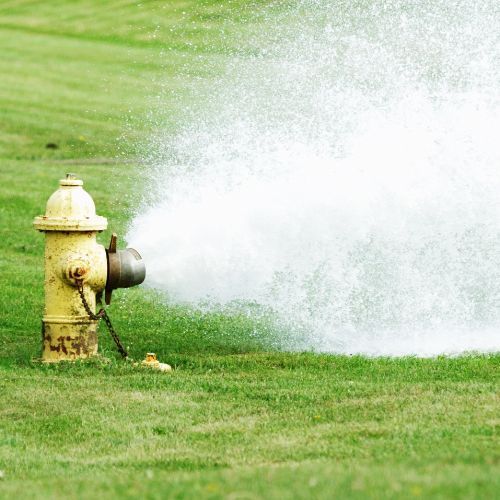Pregnancy and Varicosities

Varicosities During Pregnancy: What You Need to Know
Pregnancy is an exciting time, but it also brings a number of changes to the body. One of the common issues many women experience is varicosities — swollen, twisted veins that develop just under the skin. While they can be uncomfortable, they are generally harmless and can often be managed with simple strategies.
In this blog, we’ll break down what varicosities are, why they happen during pregnancy, the signs to look for, and what you can do to relieve symptoms.
What Are Varicosities?
Varicosities are veins that become enlarged and visible under the skin. They most often occur in the legs, but pregnancy can also lead to vulvar varicosities and rectal varicosities (commonly known as hemorrhoids).
These veins can appear blue or purple and may bulge above the surface of the skin. Some women experience discomfort, while others may simply notice the cosmetic changes.
Why Do They Happen in Pregnancy?
Several factors during pregnancy contribute to the development of varicosities:
- Increased blood volume: During pregnancy, your body produces more blood to support your growing baby. This extra volume puts added pressure on your veins.
- Hormonal changes:
The hormone progesterone relaxes the walls of your veins, making them more likely to swell.
- Pressure from the uterus: As your uterus grows, it presses on the pelvic veins, slowing circulation and increasing pressure in the lower body.
- Genetics: If your family members experienced varicose veins, you may be more likely to develop them as well.
Common Types of Varicosities in Pregnancy
- Leg varicose veins – swollen, bulging veins that often appear on the calves or thighs.
- Vulvar varicosities – swelling and visible veins in the vulvar area, which can cause heaviness or discomfort.
- Hemorrhoids – varicosities in the rectal area, often made worse by constipation and straining.
Signs and Symptoms
Varicosities may present with:
- Blue or purple bulging veins
- Aching or heaviness in the legs or groin
- Itching, throbbing, or tenderness
- Swelling around the affected area
- Discomfort that worsens after standing or sitting for long periods
Prevention and Relief Tips
While varicosities can’t always be prevented, there are many ways to relieve discomfort and stop them from worsening:
- Move regularly: Avoid sitting or standing still for long stretches. Get up and walk around every hour.
- Elevate your legs: Resting with your legs propped up helps improve circulation and reduce swelling.
- Wear compression stockings:
These provide support and assist blood flow back toward the heart.
- Stay active: Daily walks and gentle exercise promote circulation.
- Hydrate well: Adequate water intake helps prevent constipation, reducing the risk of hemorrhoids.
- Eat a high-fibre diet: Fibre-rich foods keep your bowels regular and prevent straining.
When to Call Your Doctor
Most varicosities are harmless, but it’s important to seek medical advice if you notice:
- Sudden pain or swelling in the leg
- Skin discoloration or ulcers around a vein
- Bleeding from a varicosity
- Signs of a blood clot (deep vein thrombosis), such as warmth, redness, or severe pain in the calf
The Good News
The reassuring news is that most varicosities improve significantly after delivery as blood volume and hormonal levels return to normal. Conservative measures are usually very effective, and in most cases, varicosities don’t cause complications during pregnancy or labor.
Final Thoughts
Varicosities are a normal and common part of pregnancy for many women. While they can be uncomfortable, they are usually temporary and manageable with lifestyle strategies.
If you’re experiencing varicosities, talk with your physiotherapist or healthcare provider. They can help guide you with safe management strategies to keep you comfortable and reduce symptoms throughout your pregnancy.
More from the blog







